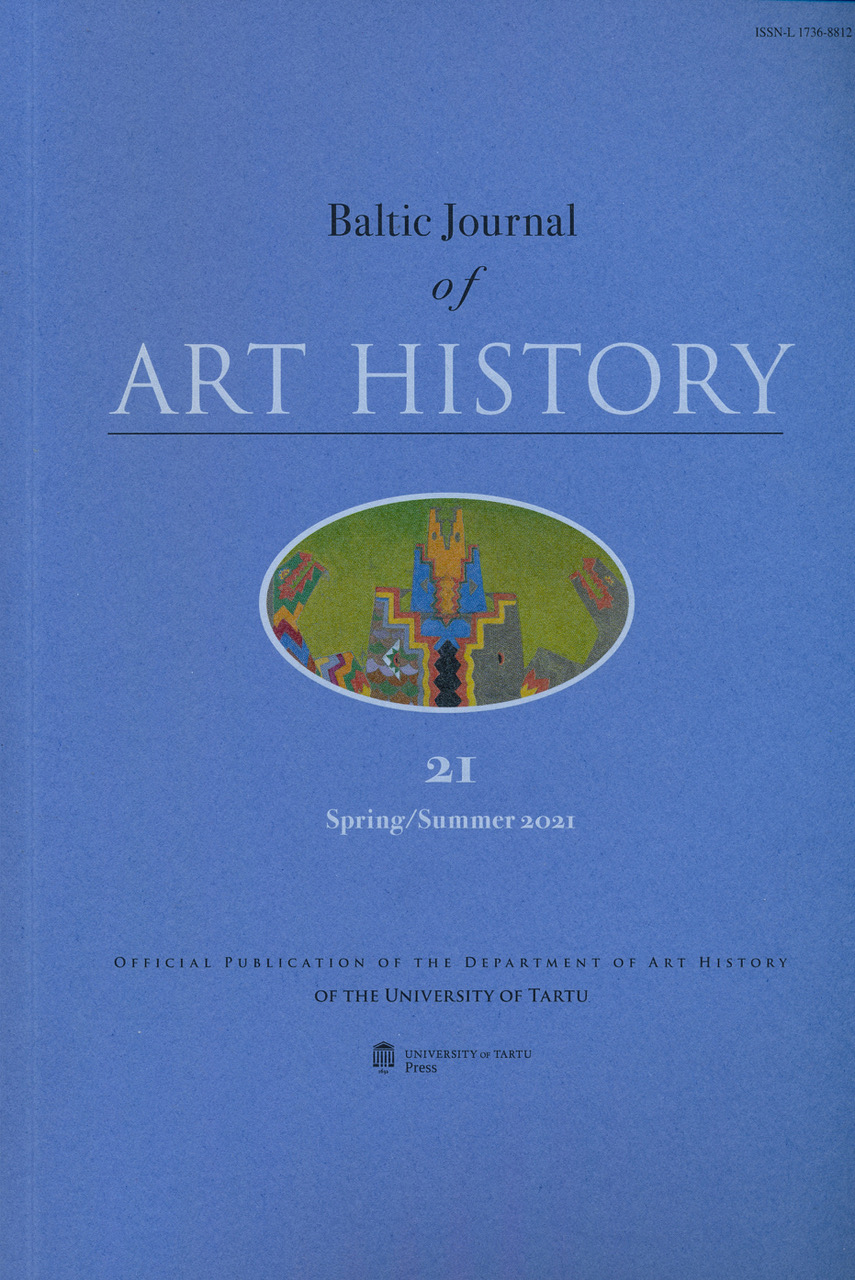Architecture and Icon: the Origin of the Stepped Gables in the Icon ‘The Vision of the Sexton Tarasiy of Khutyn’
DOI:
https://doi.org/10.12697/BJAH.2021.21.02Keywords:
architectural background, Russian icons of the 16th century, Russian illuminated manuscripts of the 16th century, woodcut book illustrations, European prints, the Vision of the Sexton TarasiyAbstract
The article invites to look afresh at the late 16th century Novgorod icon
‘The Vision of the Sexton Tarasiy of Khutyn`’ and the Faceted Palace,
built in 1433 by German craftsmen. The stepped gables of the building,
located west of St Sophia Cathedral in the icon, were interpreted as
realistic image of the upper parts of the Faceted Palace that have
not survived. However, the iconographic analysis of more than a
hundred of the Russian icons and illuminated manuscripts dating
back to the second half of the 16th – early 17th centuries proved that
the stepped gable was a decorative architectural motive, widespread
since the 1560s–1570s. The authors classified the images of buildings
with stepped gable in the late medieval Russian art, and determined
their possible sources among the Northern European prints of the
15th – 16th centuries. The comprehensive study ascertained that the
building in the icon ‘The Vision of the Sexton Tarasiy’ can’t be used for
reconstruction of the Faceted Palace. Since 1560s–1570s the schematic
representation of the city in Russian art often placed buildings with
the stepped gables (initially acquired from the European prints)
next to the churches. Panorama of Novgorod in the Khutyn` icon
followed this pattern and combined fantastic forms with rather
realistic depiction of the church edifices.

